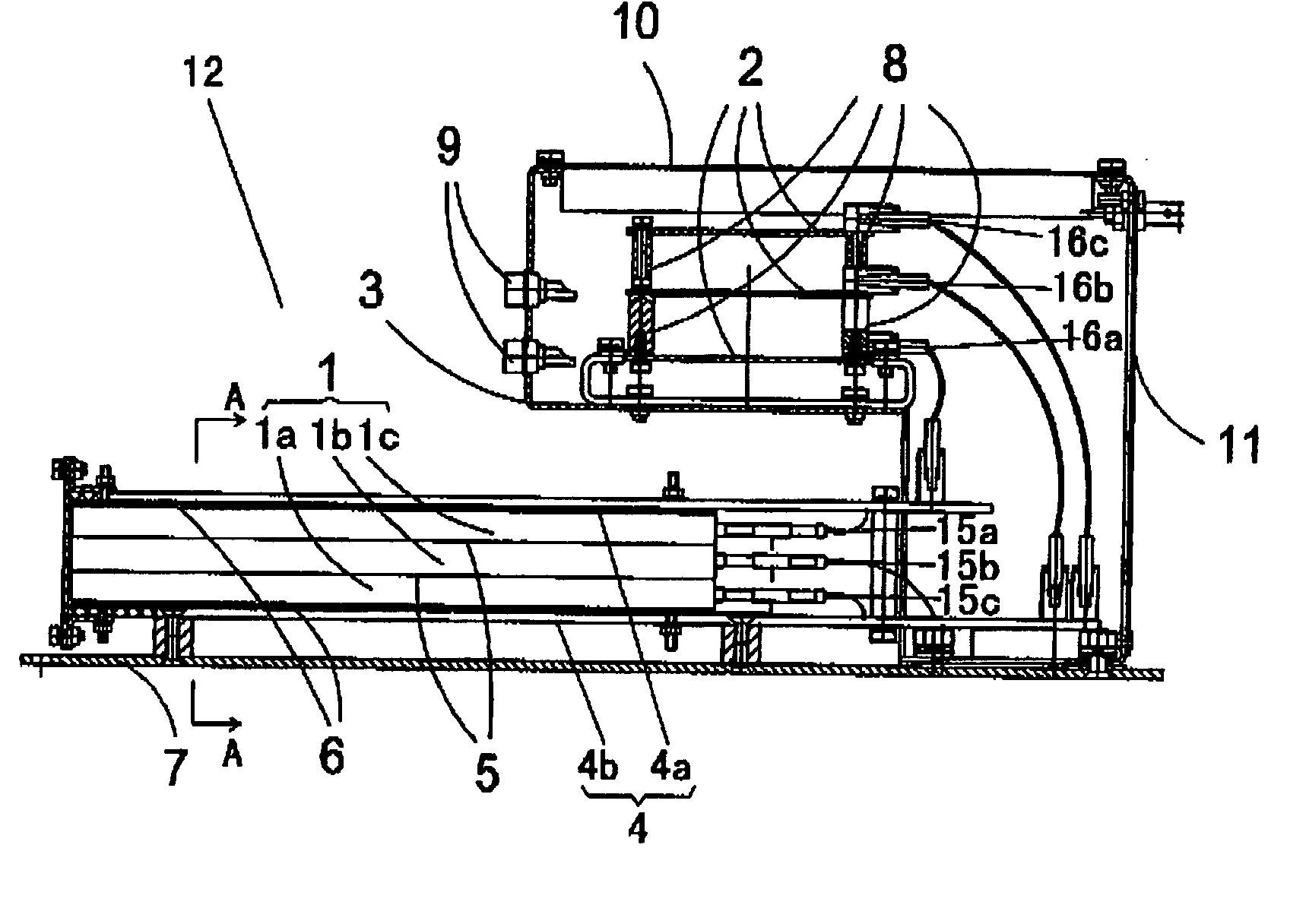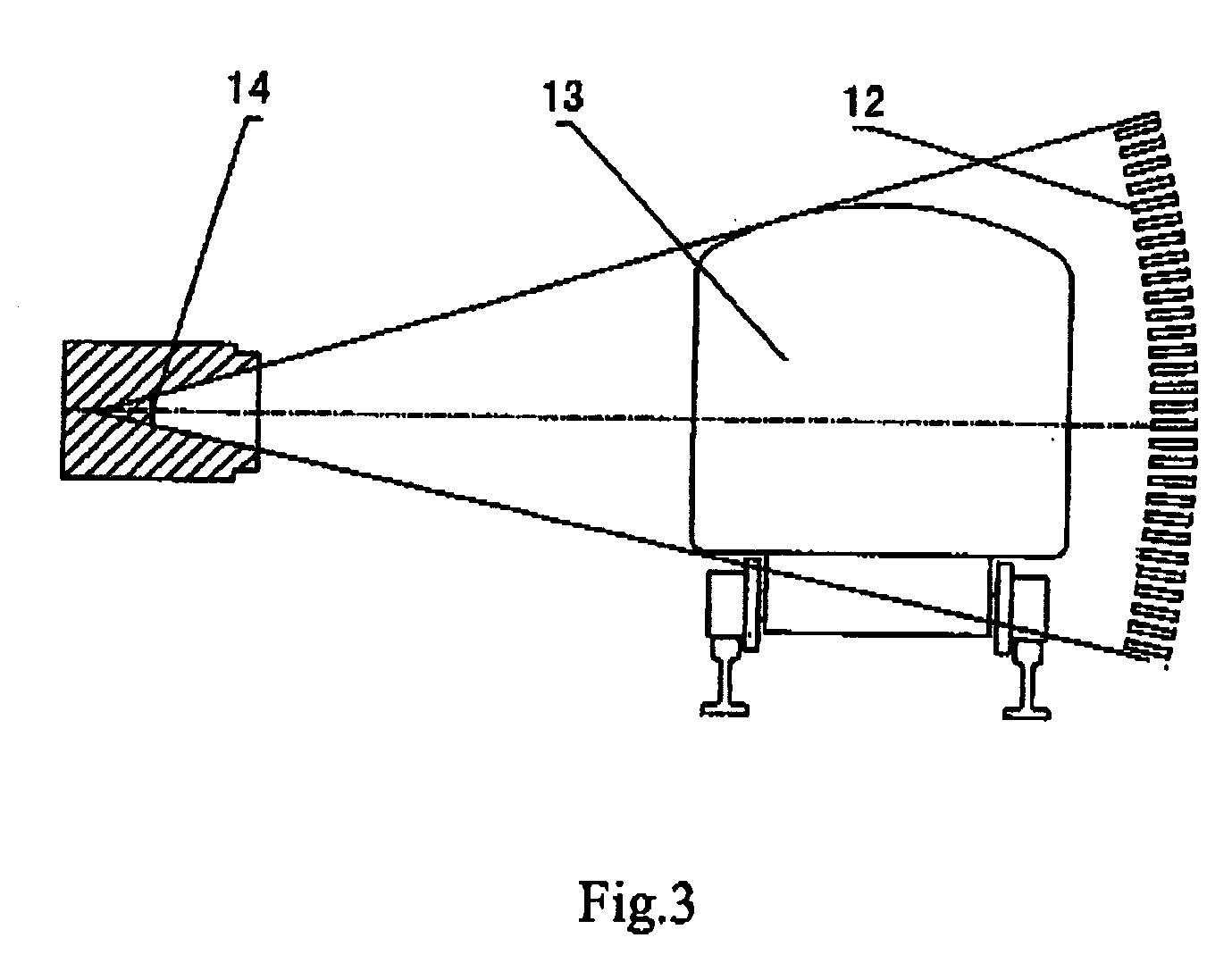Multi-array detector module structure for radiation imaging
a detector module and radiation imaging technology, applied in the field of radiation detection, can solve the problems of difficult technical implementation, limited improvement of the repetition frequency of the accelerator, and significant increase of the power consumption of the whole radiation imaging system, so as to reduce cross talk and reduce diffusion
- Summary
- Abstract
- Description
- Claims
- Application Information
AI Technical Summary
Benefits of technology
Problems solved by technology
Method used
Image
Examples
Embodiment Construction
[0033] Hereafter, a preferred embodiment of the present invention will be described in detail with reference to the accompanying drawings. It should be understood that the preferred embodiment of the present invention only is illustrative and not intended to limit the protection scope of the present invention.
[0034] Referring to FIGS. 1 and 2, the multi-array detector module structure of the present invention comprises a casing 3, a bottom plate 7, and a multi-array detector 1. As shown in FIG. 1, the casing 3 has a shape. A bottom end of the casing 3 is fixed to the bottom plate 7. Inside of the casing 3, a bracket 8 is provided for fixing three circuit boards 2, and on the front end face (the upper left end shown in FIG. 1) of the casing 3, a plurality of sockets 9 are provided to connect with output terminals of the three circuit boards 2, respectively. The casing 3 is provided on the upper end face and the rear end face thereof (the right end shown in FIG. 1) with an upper cov...
PUM
 Login to View More
Login to View More Abstract
Description
Claims
Application Information
 Login to View More
Login to View More - R&D
- Intellectual Property
- Life Sciences
- Materials
- Tech Scout
- Unparalleled Data Quality
- Higher Quality Content
- 60% Fewer Hallucinations
Browse by: Latest US Patents, China's latest patents, Technical Efficacy Thesaurus, Application Domain, Technology Topic, Popular Technical Reports.
© 2025 PatSnap. All rights reserved.Legal|Privacy policy|Modern Slavery Act Transparency Statement|Sitemap|About US| Contact US: help@patsnap.com



